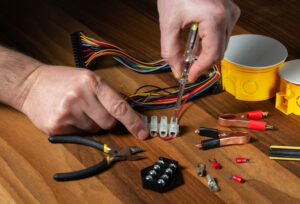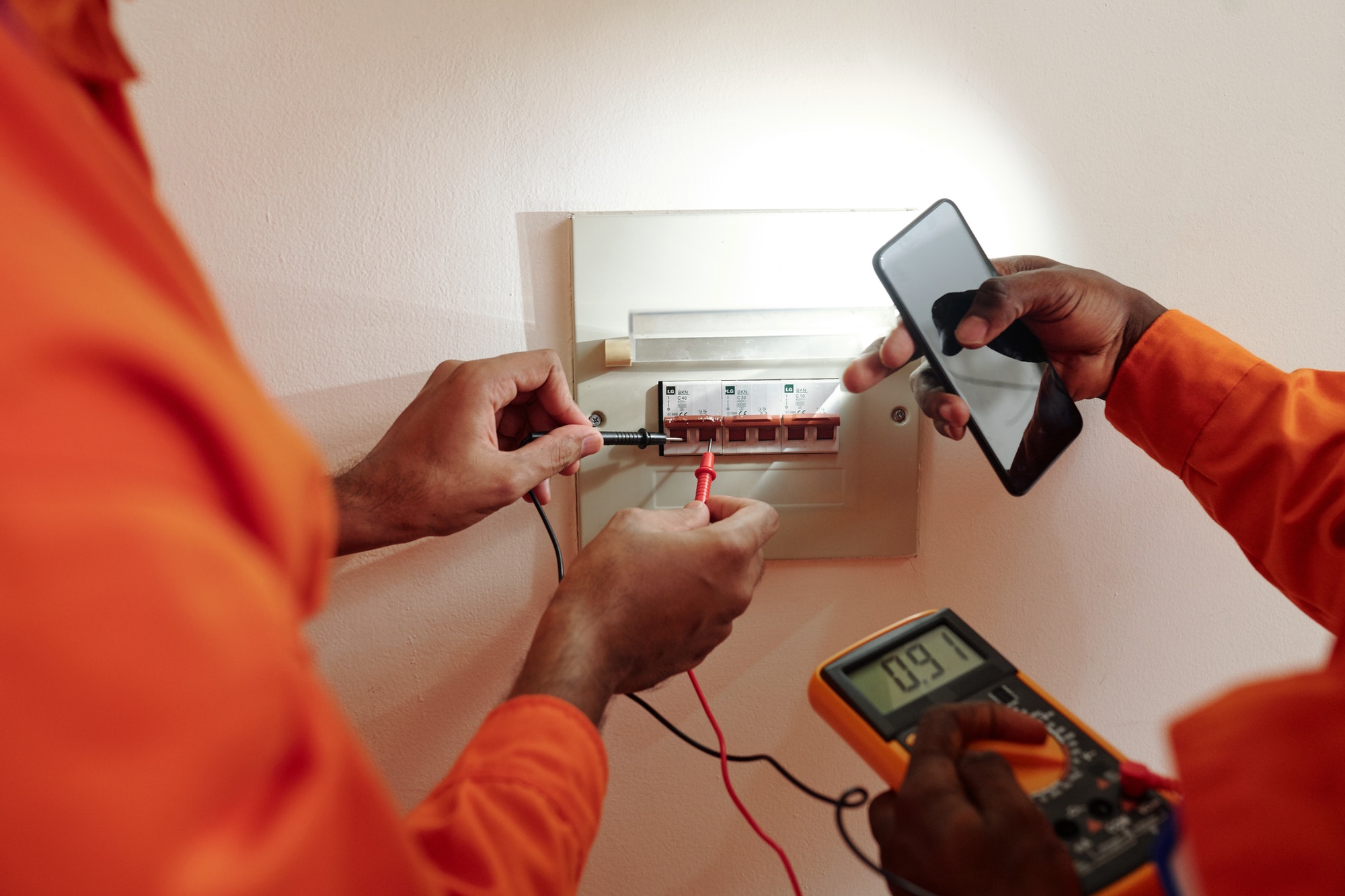Maximizing energy efficiency through electrical upgrades is essential for industrial facilities aiming to reduce energy costs, improve sustainability, and enhance overall operational efficiency. Here are several key strategies and upgrades to achieve significant energy conservation:
1. Energy-Efficient Lighting
LED Lighting:
- Upgrade to LED lighting, which consumes significantly less energy compared to traditional incandescent or fluorescent bulbs. LEDs also have a longer lifespan, reducing maintenance costs.
Smart Lighting Controls:
- Implement smart lighting controls such as occupancy sensors, daylight harvesting systems, and programmable timers. These systems ensure that lights are used only when needed and adjust automatically based on natural light levels.
2. Motor Efficiency Improvements
High-Efficiency Motors:
- Replace old, inefficient motors with high-efficiency or premium efficiency motors. These motors are designed to use less energy while delivering the same or better performance.
Variable Frequency Drives (VFDs):
- Install variable frequency drives on motors to control their speed and reduce energy consumption. VFDs adjust the motor speed to match the load requirements, preventing energy waste during low-demand periods.
3. Power Factor Correction
Power Factor Correction Equipment:
- Use power factor correction capacitors to improve the power factor of your electrical system. A higher power factor reduces the load on the electrical system and lowers energy costs by minimizing reactive power losses.
4. Efficient HVAC Systems
High-Efficiency HVAC Systems:
- Upgrade to high-efficiency heating, ventilation, and air conditioning (HVAC) systems. Modern HVAC systems are designed to consume less energy while maintaining optimal indoor conditions.
Smart Thermostats and Controls:
- Implement smart thermostats and HVAC controls to optimize heating and cooling based on occupancy and operational schedules. These systems can significantly reduce energy consumption by adjusting temperatures during non-working hours.
5. Energy Management Systems (EMS)
Comprehensive EMS:
- Install an energy management system to monitor, control, and optimize energy usage throughout the facility. An EMS provides real-time data and insights, helping identify inefficiencies and opportunities for energy savings.
Automated Control Systems:
- Use automated control systems to manage energy-intensive processes. These systems can schedule equipment operation during off-peak hours and reduce energy consumption during peak demand periods.
6. Efficient Electrical Distribution
Modern Switchgear and Transformers:
- Upgrade to modern, energy-efficient switchgear and transformers. These components are designed to minimize energy losses and improve the reliability of the electrical distribution system.
Properly Sized Conductors:
- Ensure that conductors and cables are properly sized to minimize resistive losses. Oversized or undersized cables can lead to energy inefficiencies and increased operational costs.
7. Renewable Energy Integration
On-Site Renewable Energy:
- Integrate on-site renewable energy sources such as solar panels, wind turbines, or biomass generators. These sources can reduce dependency on grid electricity and lower overall energy costs.
Energy Storage Systems:
- Use energy storage systems, such as batteries, to store excess renewable energy for use during peak demand periods or when renewable generation is low.
8. Insulation and Building Envelope Improvements
Improved Insulation:
- Enhance insulation in walls, roofs, and floors to reduce heating and cooling losses. Better insulation helps maintain stable indoor temperatures and reduces the load on HVAC systems.
Energy-Efficient Windows and Doors:
- Install energy-efficient windows and doors with proper sealing to prevent air leaks and improve overall building energy performance.
9. Preventive Maintenance
Regular Maintenance:
- Implement a preventive maintenance program to keep all electrical systems and equipment in optimal condition. Regular maintenance prevents energy losses due to worn-out components and ensures systems operate efficiently.
10. Employee Training and Engagement
Energy Efficiency Training:
- Provide training for employees on energy conservation practices and the importance of energy efficiency. Engaged and informed employees can contribute significantly to reducing energy consumption.
Incentive Programs:
- Establish incentive programs to encourage employees to identify and implement energy-saving measures. Recognizing and rewarding energy-efficient behaviors can drive continuous improvement.
Conclusion
Maximizing efficiency through electrical upgrades is a vital strategy for industrial facilities aiming to reduce energy costs and enhance sustainability. By implementing energy-efficient lighting, improving motor efficiency, correcting power factors, upgrading HVAC systems, and integrating renewable energy sources, facilities can achieve significant energy savings. Additionally, using energy management systems, enhancing building insulation, performing regular maintenance, and engaging employees in energy conservation efforts are critical components of a comprehensive energy efficiency strategy. These upgrades not only reduce operational costs but also contribute to a greener, more sustainable industrial operation.






